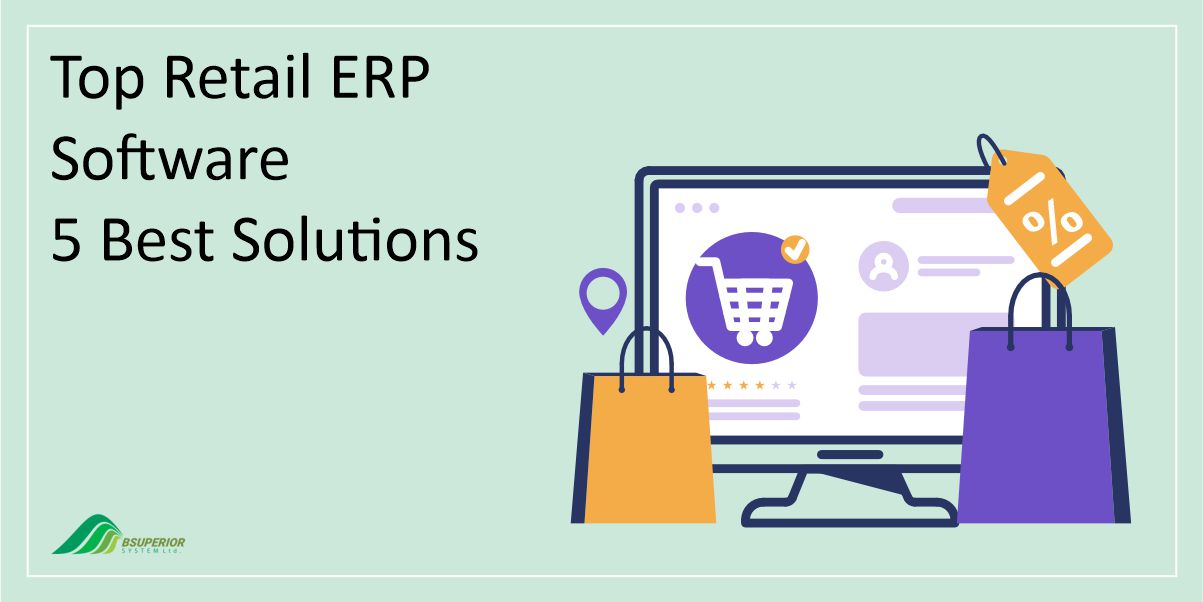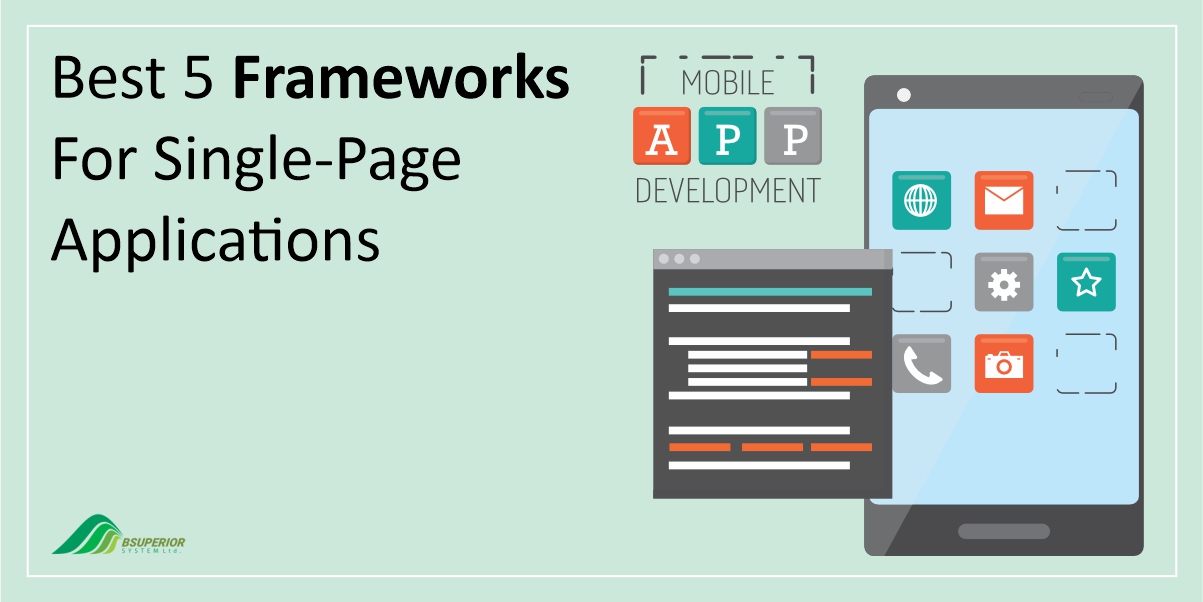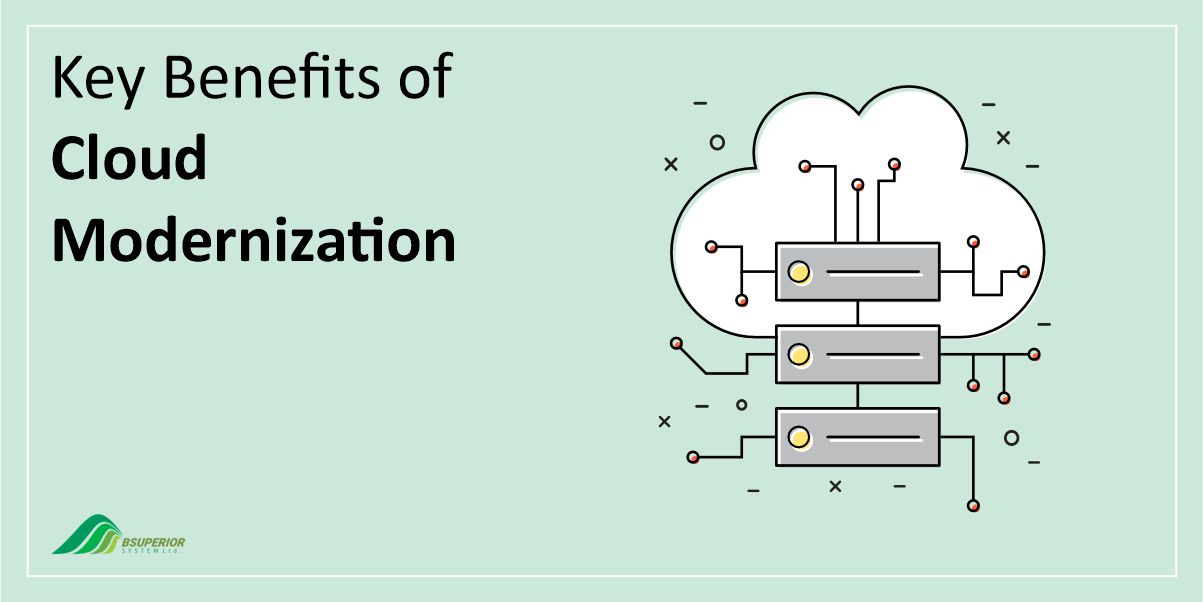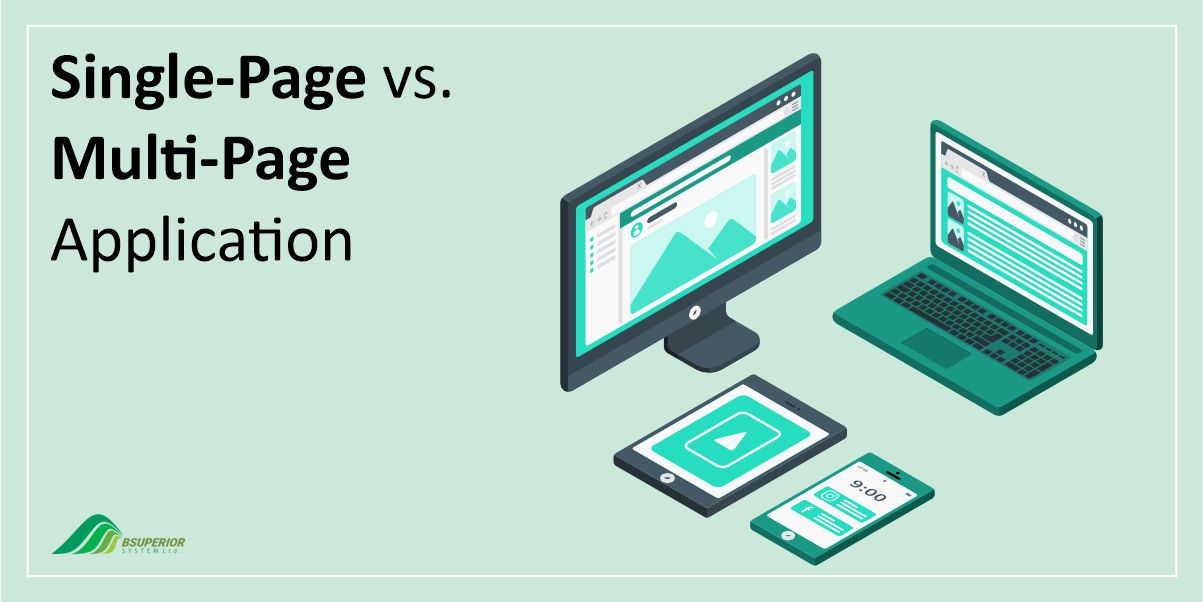What is MVP in Software Development? Types and Differences
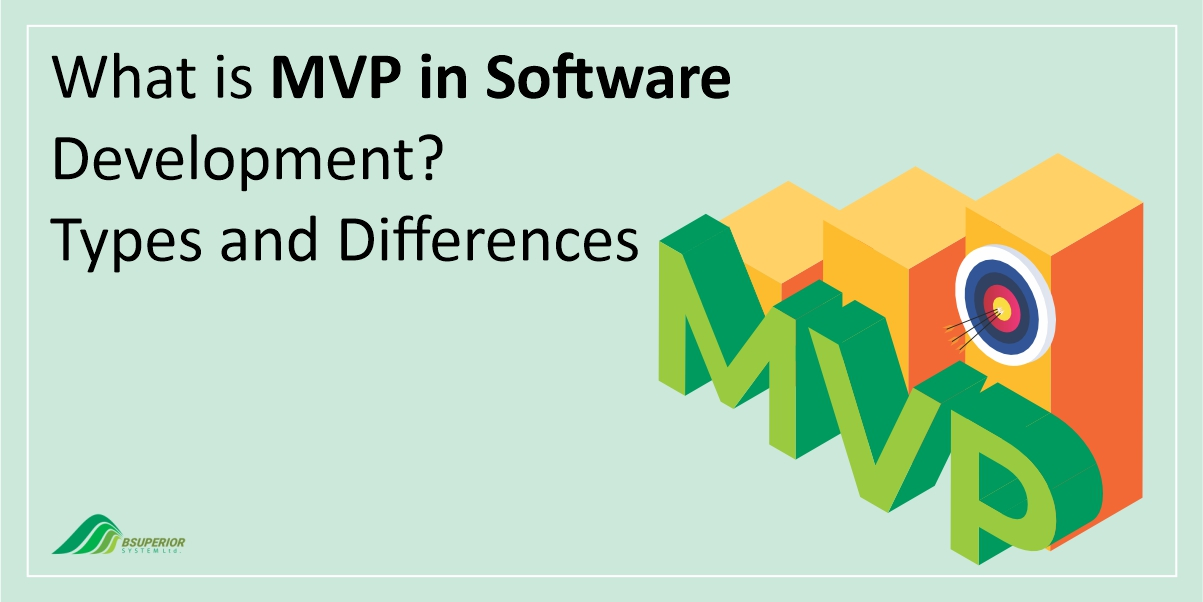
Table Of Content
- What is MVP in Software Development?
- What is the Main Purpose of MVP?
- Why is MVP so Important?
- Prototype vs. PoC vs. MVP: Deciphering the ABCs of Early Software Development
- What are the Different Types of MVP?
- MVP Mastery: 6 Steps to Craft a Winning Minimal Viable Product
- MVP Essentials: The Tools You Need to Build Your MVP
- The Mistakes You Should Avoid in MVP Development
- What Factors Determine MVP Cost?
- MVPs in Action: 5 Real-World Examples
- Final Words
An MVP, or minimum viable product, is a simplified version of a product released early in development. It focuses on core functionalities to gather user feedback and assess market viability.
MVPs have become the secret sauce of agile development, all about building, learning, and iterating your way to a killer product. Even giants like Snapchat, Dropbox, and Facebook started as humble MVPs. So, should you jump on the bandwagon? Let’s find out.
What is MVP in Software Development?
Developing customer-centric software requires a deep understanding of user needs. To validate your assumptions and ensure you’re building what your audience actually wants, early testing is crucial. This is where the MVP concept comes into play.
The MVP, a core principle of the Lean Startup methodology, focuses on minimizing waste and maximizing learning. By building a basic, functional version of your product and releasing it to early adopters, you can gather valuable feedback and iterate quickly.
This approach not only reduces the risks and costs associated with a full-fledged launch but also allows you to refine your product based on real-world user data.
Essentially, an MVP helps bridge the gap between your company’s vision and what customers truly need. Through multiple test cycles, you can identify potential flaws, optimize features, and ultimately create a product that resonates with your target market.
What is the Main Purpose of MVP?
In software development, an MVP serves as a simplified version of the software. Its purpose lies in facilitating the design, testing, and delivery process of the software through various advantages:
- Early Idea Validation: An MVP allows for the timely assessment of the product concept during the initial development stage.
- Faster Market Launch: By focusing on core functionalities, an MVP can be launched quicker and with a smaller budget.
- Development Efficiency: By prioritizing essential features, the MVP approach minimizes development time and reduces the time-to-market for new features.
- Agile Development Optimization: The focused nature of an MVP can help streamline the agile development process, which will potentially reduce errors and enhance its effectiveness.
- Product-Market Fit: An MVP provides a platform to discover the optimal alignment between a business’s offerings and actual customer needs.
- Data-Driven Decision Making: By gathering user behavior data through the MVP, businesses can make informed decisions based on real-world insights.
- Early Customer Acquisition: Launching an MVP can attract and engage early adopters.
Why is MVP so Important?
While an MVP may not be the final product or a sales pitch, its value lies in providing insights to guide development toward user satisfaction.
Similar to a story unfolding, software development starts with a vision for the finished product. However, like any good narrative, the journey can involve unexpected twists and turns.
These twists come in the form of user feedback, arguably crucial for determining successful functionality and user satisfaction. By adhering to the Learn-Build-Measure-Repeat cycle, the MVP allows for adjustments based on user input, ensuring the final product aligns with user needs.
Therefore, an MVP functions as a valuable tool for iteratively refining the product and ultimately improving user satisfaction, which stands as the true measure of success for any digital product.
Learn More: Software Development Phases, Explained in 1000 Words or Less!
Prototype vs. PoC vs. MVP: Deciphering the ABCs of Early Software Development
The journey from idea to software launch involves several stages, and three key tools play crucial roles: Proof of Concept (PoC), Prototype, and MVP. Let’s break down their differences:
1. Proof of Concept (PoC):
Before you build anything, can you technically make it work?
- Purpose: Validate technical feasibility.
- Stage: Pre-product, internal project.
- Focus: Demonstrates core functionality can be built using specific technologies.
- Functionality: Minimal or non-existent, often focused on proving technical viability rather than user experience.
- Audience: Internal stakeholders, and developers.
2. Prototype:
What does it look and feel like? Is it usable?
- Purpose: Test usability and gather feedback.
- Stage: Pre-product, sometimes used for fundraising.
- Focus: Visual representation of user interface and interaction flow.
- Functionality: Limited, often clickable and interactive, but not fully functional.
- Audience: Internal stakeholders, potential investors, and users (for feedback).
3. MVP:
Do people actually want and need this product? Will they pay for it?
- Purpose: Discover market fit and validate business viability.
- Stage: Pre-market launch, often iteratively developed.
- Focus: Core functionalities that deliver value to users.
- Functionality: Complete and fully functional, but with limited features compared to the final product.
- Audience: Early adopters, target market.
What are the Different Types of MVP?
As discussed, an MVP focuses on core features for the initial market launch and user feedback. It’s not a prototype or complete product but a basic version to test a concept or business idea.
Once you decide to build an MVP, the next step is selecting the right type to suit your needs. Each MVP type offers unique advantages and considerations based on your project’s goals and resources.
Understanding these options can help you choose the most effective approach for validating your concept and building a successful product. Here are some common classifications:
- Single Feature MVP: This focuses on delivering a single core feature or a small set of core features to users, allowing for targeted testing and feedback.
- Concierge MVP: Instead of automated software, real humans manually simulate the product’s functions, providing personalized service and immediate user feedback.
- Piecemeal MVP: This uses existing components or functions, often from third-party software, to create a basic working version of the product. This approach can be efficient but may lack complete integration.
- Single Market MVP: This targets a specific market segment, such as a city or demographic, for initial launch and feedback. This type of MVP allows for focused validation and adaptation before a broader rollout.
- Internal-First MVP: This MVP type prioritizes internal testing and feedback from a team or specific user group before the public launch, allowing for controlled iteration and refinement.
MVP Mastery: 6 Steps to Craft a Winning Minimal Viable Product
Developing an MVP for your software requires careful planning and execution. Here are the key steps to consider:
1. Define the Problem
Identify a specific problem your product solves for a targeted audience. This value proposition should include the audience, the solution offered, and the benefits users will gain. Thorough research is crucial, as addressing an existing, unfulfilled need is vital for success.
2. Analyze the Landscape
Understand the competitive landscape by researching direct and indirect competitors, their offerings, and potential substitutes. Analyze market size to ensure sufficient potential customers. Learning from failed startups can also be valuable.
3. Prioritize Core Features
Use user stories or scenarios to prioritize features based on necessity. The MoSCoW method or Kano model can help identify must-have features for the MVP’s core value proposition.
4. Prototype the Concept
Create an interactive prototype using tools like Figma or Adobe XD. This helps roadmap user flow, estimate costs, gather early feedback, and improve sales pitches. Test the prototype with potential users to gauge interest.
5. Build Your MVP
Choose the most efficient way to build your MVP, considering no-code options for rapid development and testing. Examples like Dropbox’s video presentation or Zappos’ manual order fulfillment demonstrate creative approaches to MVP development.
6. Gather Feedback and Iterate
Implement feedback mechanisms like buttons or surveys to gather user input on the MVP. Encourage free-form feedback to gain unbiased insights and improve your product iteratively.
MVP Essentials: The Tools You Need to Build Your MVP
Developing an MVP for your software application requires various resources and skills.
Essential Resources:
Optimizing the creation of your next application’s MVP involves implementing key components. The following elements are generally necessary for a successful software MVP:
- Development Tools: Equip your team with the necessary tools for coding, testing, and debugging. Budgeting for potential software licenses is crucial in the planning stage.
- Deployment Platform: Choose a suitable platform like AWS or Microsoft Azure to host and deliver your MVP to users.
- Manpower: Allocate tasks based on skills and expertise. Identify team members or external support to effectively manage development, design, and project management.
Required Skills:
Regardless of whether you are working independently or with a team, certain skillsets are crucial for creating an effective MVP in the software domain. These skills are:
- UI Design/Front-End Development: Craft a user-friendly interface, even in the MVP stage. Prioritize basic usability and consider employing UX/UI design skills to create an intuitive experience.
- Back-End Development: Build the server-side functionality to process user interactions and maintain data integrity. Expertise in server-side scripting languages is essential.
- Project Management: Organize and monitor development efficiently. Someone on the team, often the founder in early-stage startups, should guide progress and ensure team coordination to deliver planned features within deadlines.
The Mistakes You Should Avoid in MVP Development
Developing an MVP may appear straightforward, but certain missteps can hinder its success and lead to frustrating experiences. These are 4 common pitfalls to avoid in MVP software development.
Feature Overreach
While the M in MVP stands for minimum, it’s easy to get carried away with envisioning the ideal product and packing the MVP with non-essential features. Remember, the MVP’s purpose is to validate the core concept, not showcase its ultimate form.
During the discovery phase, critically analyze and prioritize features, ensuring only those crucial to the core value proposition make the cut.
Skipping Proof of Concept
History is littered with innovative ideas that were ahead of their time, lacking the necessary technological support. Neglecting a proof-of-concept stage can lead to wasted time and resources invested in an infeasible project.
Unless absolute certainty regarding the technical feasibility of your idea exists, developing a preliminary proof of concept is highly recommended.
Neglecting the Discovery Phase and Documentation
The discovery phase lays the groundwork for the entire development process. Skipping it can result in a tedious and frustrating journey, leading to a final product that deviates significantly from your vision.
Similarly, neglecting documentation hinders communication, clarity, and overall development efficiency. This is especially crucial when outsourcing any part of the development process. Moreover, proper documentation facilitates future iterations and product enhancements beyond the initial MVP.
Compromising on the development team
While minimizing costs is understandable, only basing your developer selection on low rates can be counterproductive. Hiring inexperienced or unreliable developers can lead to a subpar product requiring costly rework or even a complete rebuild.
Investing in a reputable and skilled team is crucial for delivering a high-quality MVP that provides a strong foundation for future development.
What Factors Determine MVP Cost?
There are several factors that influence MVP development costs. These are:
- Technical Complexity of the Application: More intricate features naturally involve greater cost.
- Team Composition and Expertise: Hiring experienced developers will impact the budget compared to working with less senior professionals.
- Necessary Development Tools: Software licenses or subscription fees for specific platforms can contribute to the overall cost.
- Scope of Design and Development Tasks: The range and depth of design and development work directly impact the budget.
MVPs in Action: 5 Real-World Examples
The following are notable examples of MVPs from various brands that have achieved significant impact:
Facebook (2004)
In late 2004, Facebook emerged as a prime example of an effective MVP in the social media landscape. Users had a simple profile and a core functionality – connecting with fellow students.
This only feature provided enough traction to transform a small project into one of the largest public technology companies worldwide.
Dropbox (2008)
The founders of Dropbox envisioned an online file storage platform and were seeking user feedback before the full development process. Instead of immediate hardware investment, they launched a video demo MVP.
This simple video explained the initial product concept and functionality. The result was a remarkable success, with user signups skyrocketing overnight even without a tangible product. The video experience effectively conveyed the idea and gathered valuable feedback, validating the product’s potential.
Spotify (2008)
Launched in 2008, Spotify targeted a key pain point in the music industry: limited access to streaming for music enthusiasts. The founders recognized the demand and took a lean startup approach, building an MVP focused on artist music streaming.
This initial launch quickly validated the concept, paving the way for Spotify’s evolution into the feature-rich platform we know today.
Final Words
The success of an MVP in software development can significantly impact the future of a digital product. It offers a valuable tool to gauge its potential profitability and user utility before full-scale development.
While the specific tasks involved in building an MVP may vary depending on the product, following a well-defined process can be crucial for success. We recommend carefully considering each stage of our outlined approach to ensure optimal outcomes.
For those seeking skilled developers to assist with their MVP development, our team at BSUPERIOR can connect you with qualified remote coders who match your project’s technical requirements, preferred technology stack, and, importantly, your company culture.
We value your input and believe this content may enhance our services. However, it's under review. If you see room for improvement, please use the "Report an issue" button below. Your feedback helps us excel.
Contact us today at –– and speak with our specialist.

